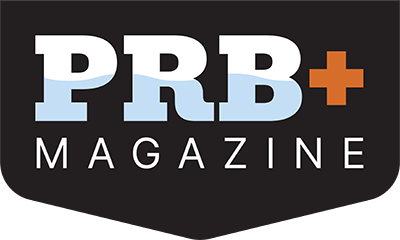Opportunity is just the first step toward success
"Whenever you see a successful business, someone made a courageous decision."
-Peter Drucker
(Austrian-born American management-consultant and author)
We often hear that the “backbone of America” is small business. Indeed, small businesses create the most new jobs in the country. In a December 2023 Forbes magazine article, contributor Rhett Buttle writes that small business remains the most trusted institution, and the timing has never been better to attempt launching a new one.
Buttle points out that major laws have been enacted that impact small businesses, such as the 2021 Bipartisan Infrastructure Deal, which allocated funding to upgrade bridges and highways, and provide clean energy. Also, applicable small businesses have been funded through the Biden administration’s Investing in America agenda, under which startup money is abundant and available.
Additionally, more recent administrative changes have made it easier for small businesses to access capital. One such update simplifies the underwriting process so the lender’s burden of risk is absorbed by the government, as opposed to risking bank equity.
In another effort, the U.S. Economic Development Administration’s Distressed Area Recompete Pilot Program allows communities to access economic resources for the workforces of various entrepreneurial ventures. The main stipulation is that these small businesses must balance their desire for growth with the duty to stabilize their communities.
As a result of programs like these, more small businesses are opening than ever before. Americans have filed a record 15 million new business applications since 2021, with black business ownership growing at its fastest rate in 30 years.
However, favorable conditions aside, filing to start a business is only the first of many steps.
More Than Good Intentions
A recent client of mine, Salvatore, had kicked around the idea of opening a coffee shop for years. He had set aside a down payment and improvements budget through his retirement savings, and kept his eye open for a good location. Upon retirement from his original job, he began a more active search, studying how some former businesses had failed in their efforts. In his business plan, he calculated the daily client income he would need to sustain the shop, an average of $7 per visit. That meant he needed 15 customers to generate $100 (and 75 customers would generate roughly $500). The $500 daily mark would establish the break-even point of $3,500 per week (with which staff would be paid, overhead costs would be covered, and inventory would be maintained).
One of the available locations Sal investigated was a former “soup and sandwich” diner. The previous owner had gone to great lengths to design the shop before he determined the market demand. Within six months, the beautifully decorated location could not sustain itself, and the doors were closed. Sal noted the enormous office building across the street and decided a drive-thru would serve the morning coffee audience perfectly. That was an investment that would pay returns immediately, whereas the impact of the previous owner’s decor could not be measured.


